Learning Materials
Empowering student-led environmental solutions.

The Walking Softer Education program provides lessons for high school aged students that cover environmental issues and solutions in the topic areas of rewilding, sustainable food systems, and material waste management.
Following the lessons, students will design and implement a community project using our How-to Guides.
Get Started
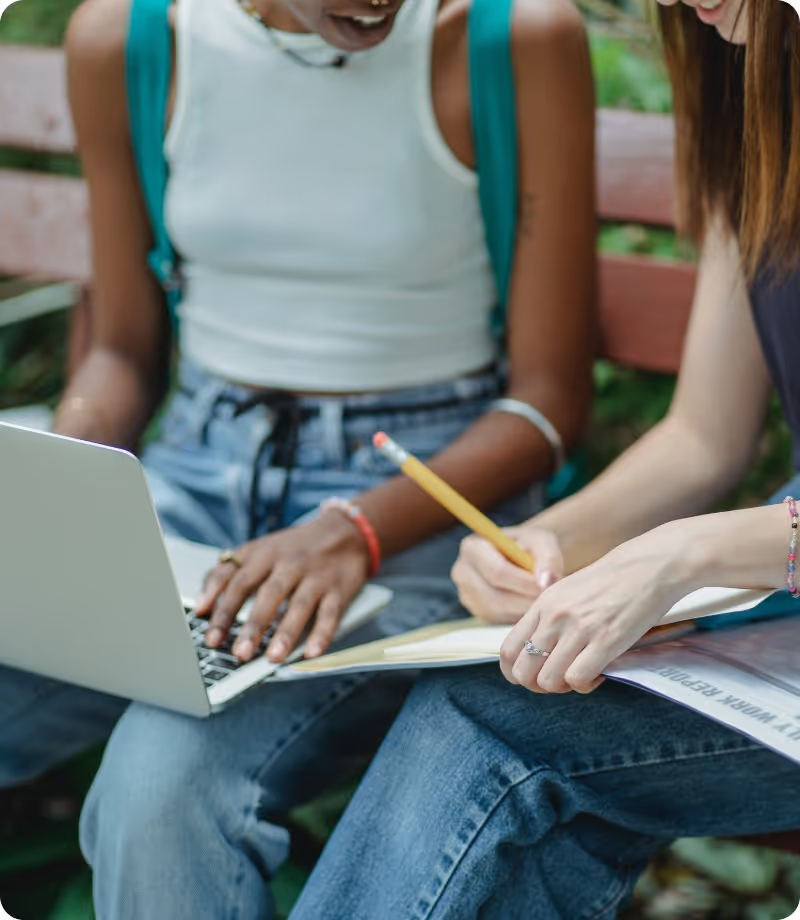
In order to be eligible to receive up to $2,000 in project funding and a $1,000 teacher stipend, complete the following steps:
- Register by filling out the "Teacher Intake Form"
- Sign and submit the MOU on our Portal
- Go through required lessons with your students
- Submit the How-to Guide and invoice form on our Portal and implement your community project
- Submit the Final Program Report on our Portal
Lessons
Introduction
We hope Walking Softer Education helps develop students' real-world skills and positions them well to succeed in our changing world!
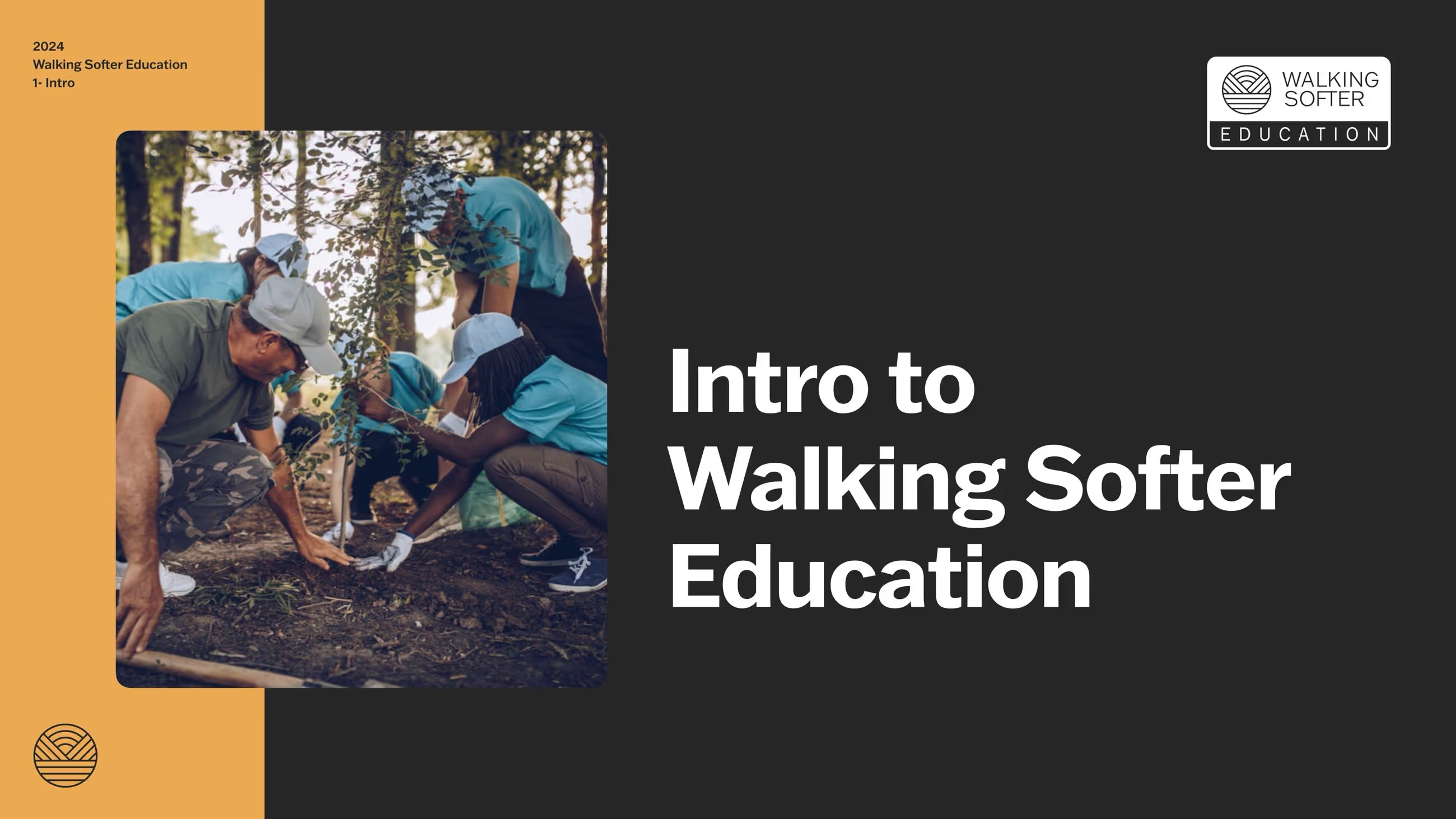
REQUIRED
Students will be encouraged to be curious about their community's environment, make observations, ask questions, and consider the impact of human activities on the environment. They will also be prompted to reflect on their personal relationship with the environment.
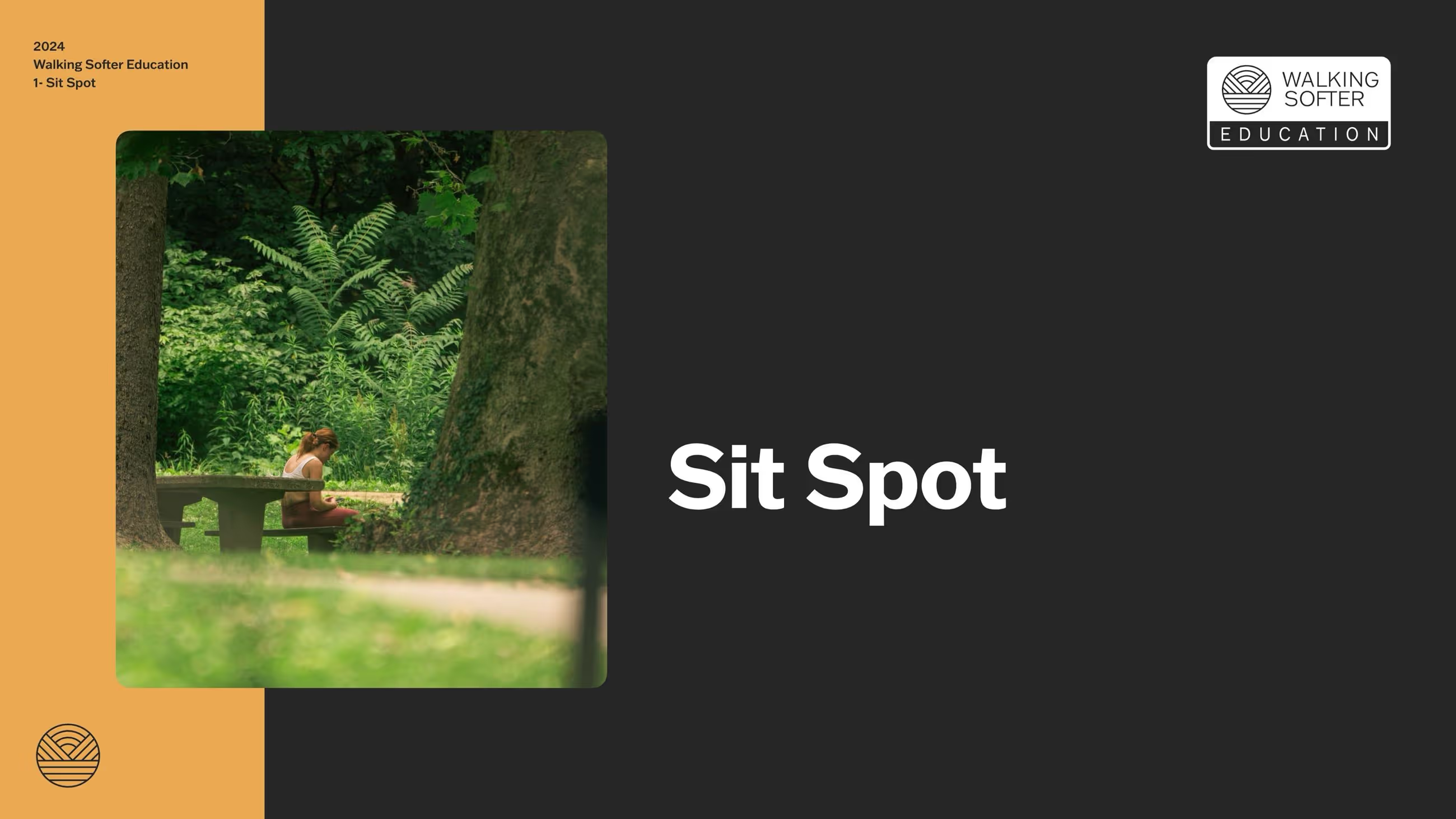
Rewilding
REQUIRED
Students will define rewilding, explore the interconnections between biodiversity and climate, grasp the significance of biodiversity, and investigate the biodiversity found in their local area.
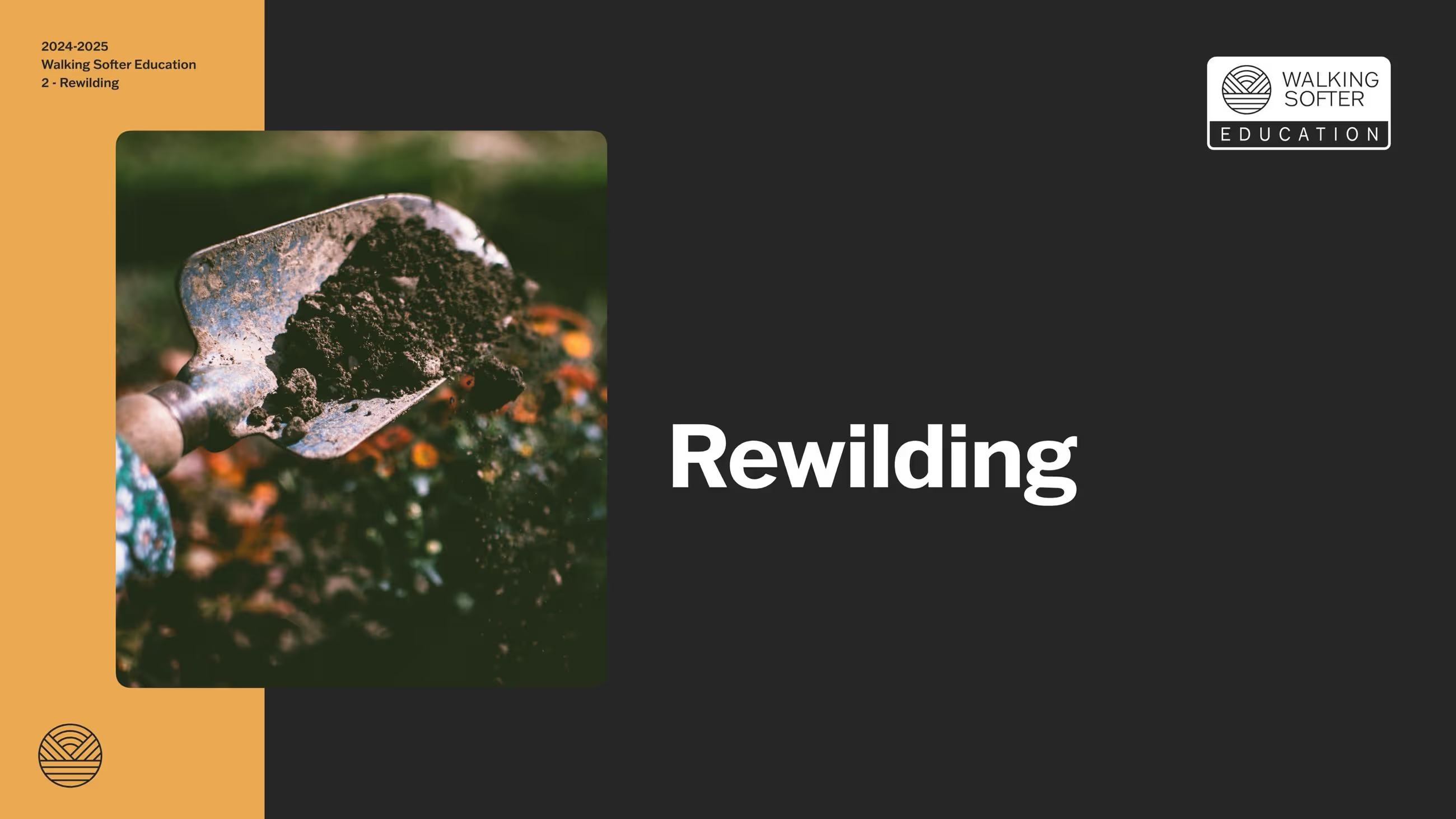
Students will explore the historical interaction between humans and biodiversity. They will also investigate rewilding from a social perspective and understand the significance of addressing social and ecological factors in rewilding initiatives.

Students will explore rewilding efforts, both large and small, analyze successful strategies, and consider how these ideas can be applied to a rewilding project of their own design.
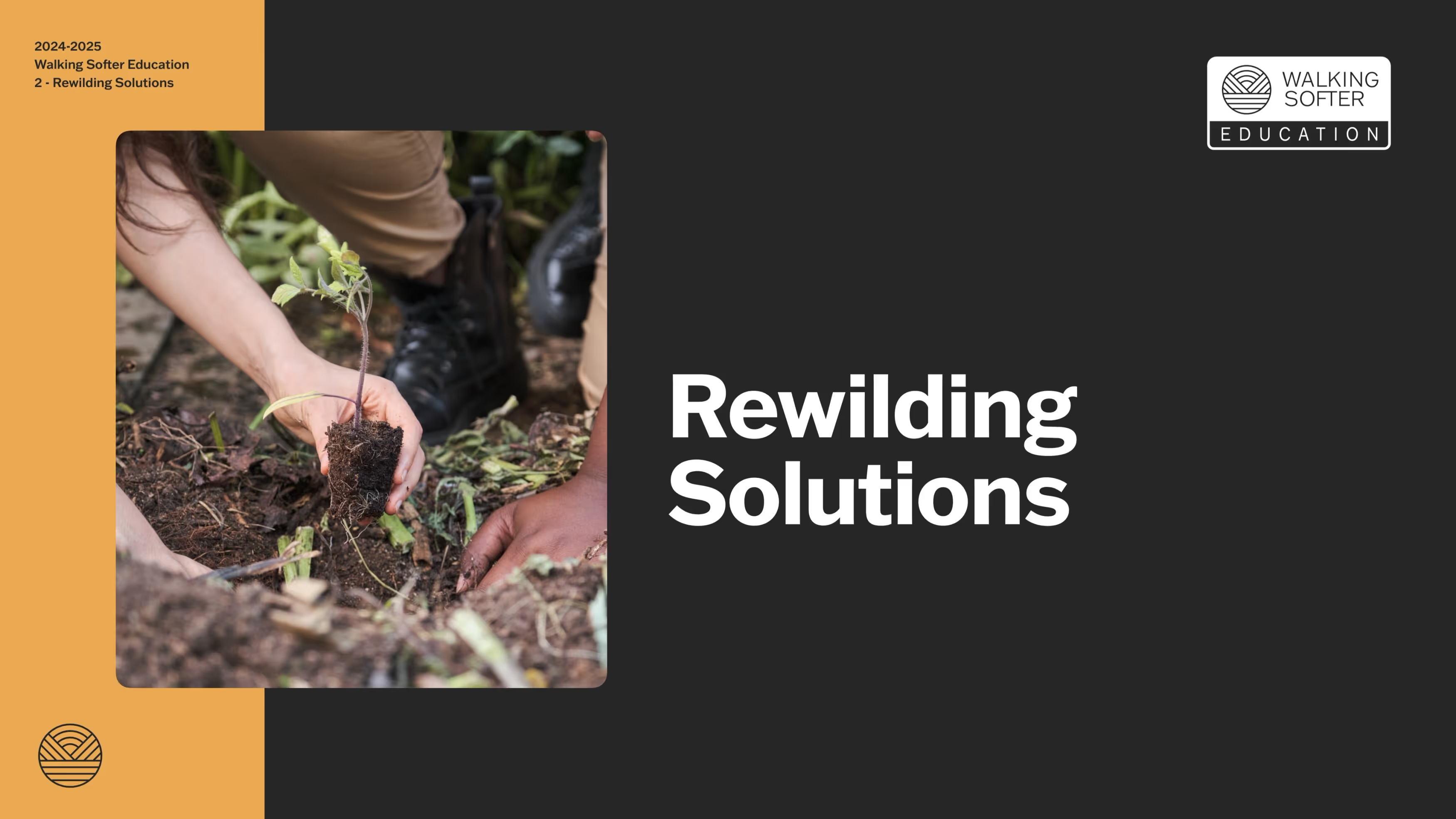
Sustainable Food Systems
REQUIRED
Students will explore the concept of food systems, analyze various types of food systems, and assess the environmental effects of the global food system.
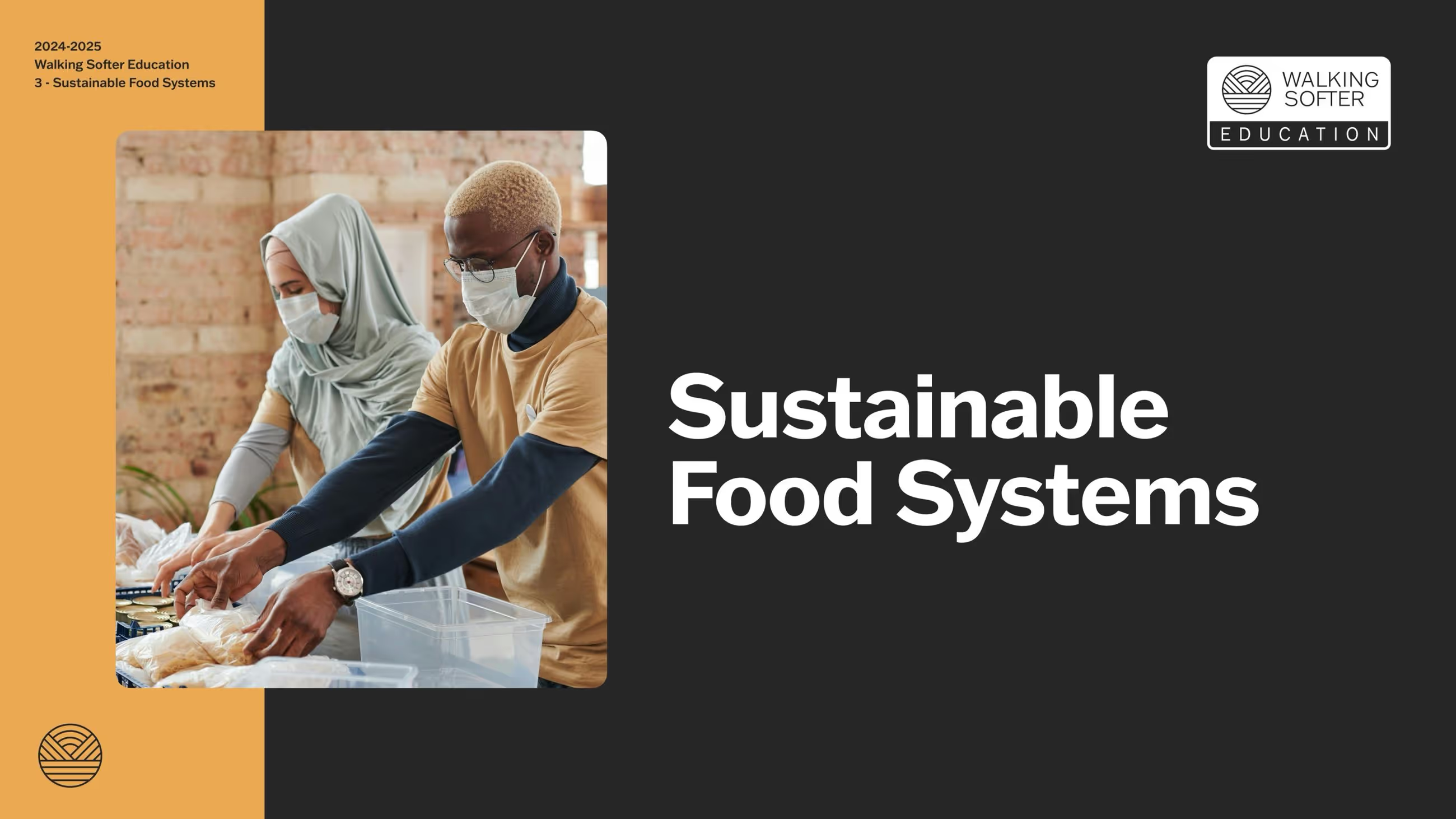
Students will explore the impact of various aspects of the food system on people and how inequitable food systems can have adverse effects on individuals.
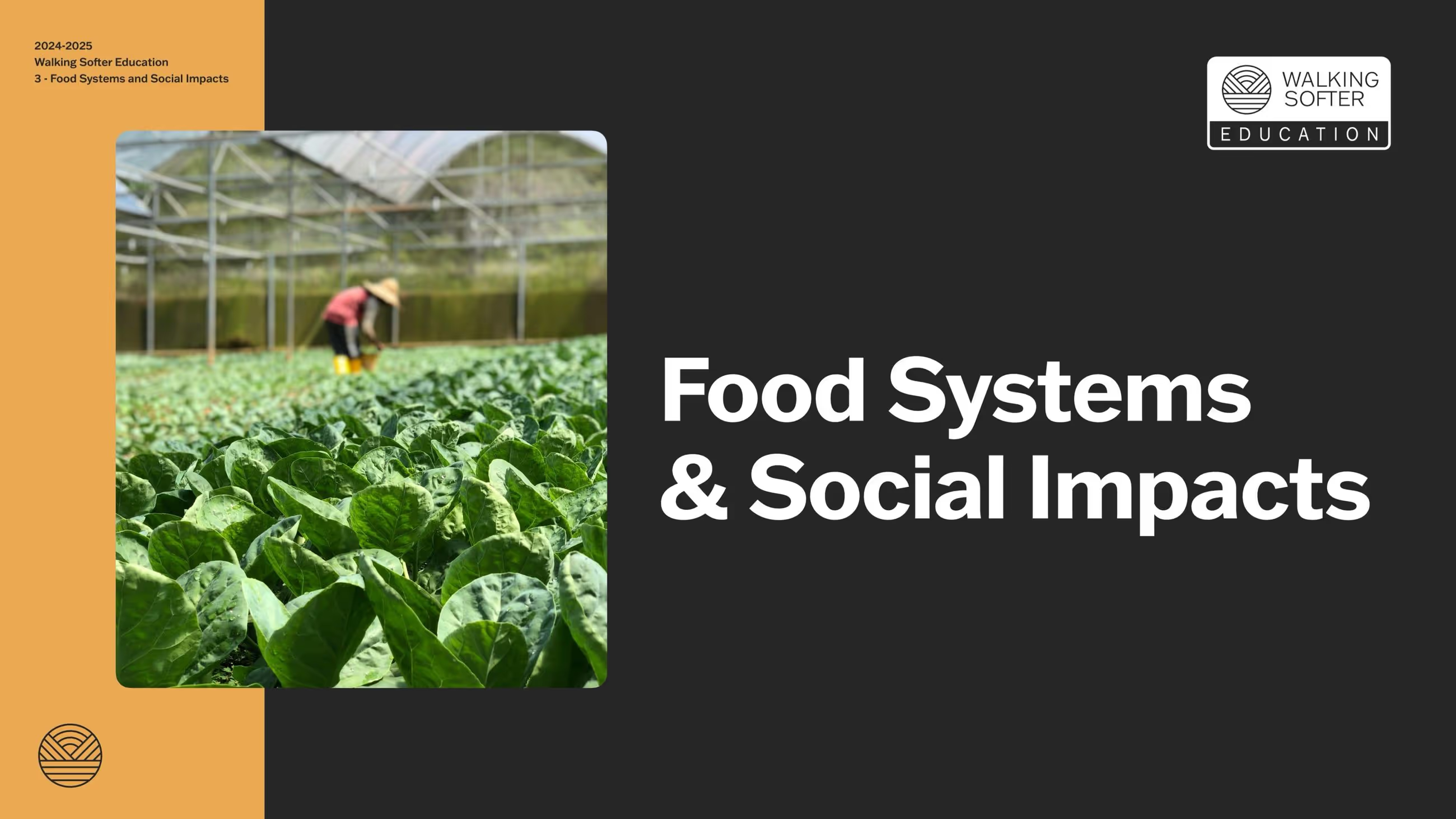
Students will explore the impact of changes in the food system on the environment and climate and consider their role in developing and implementing solutions to address these issues.
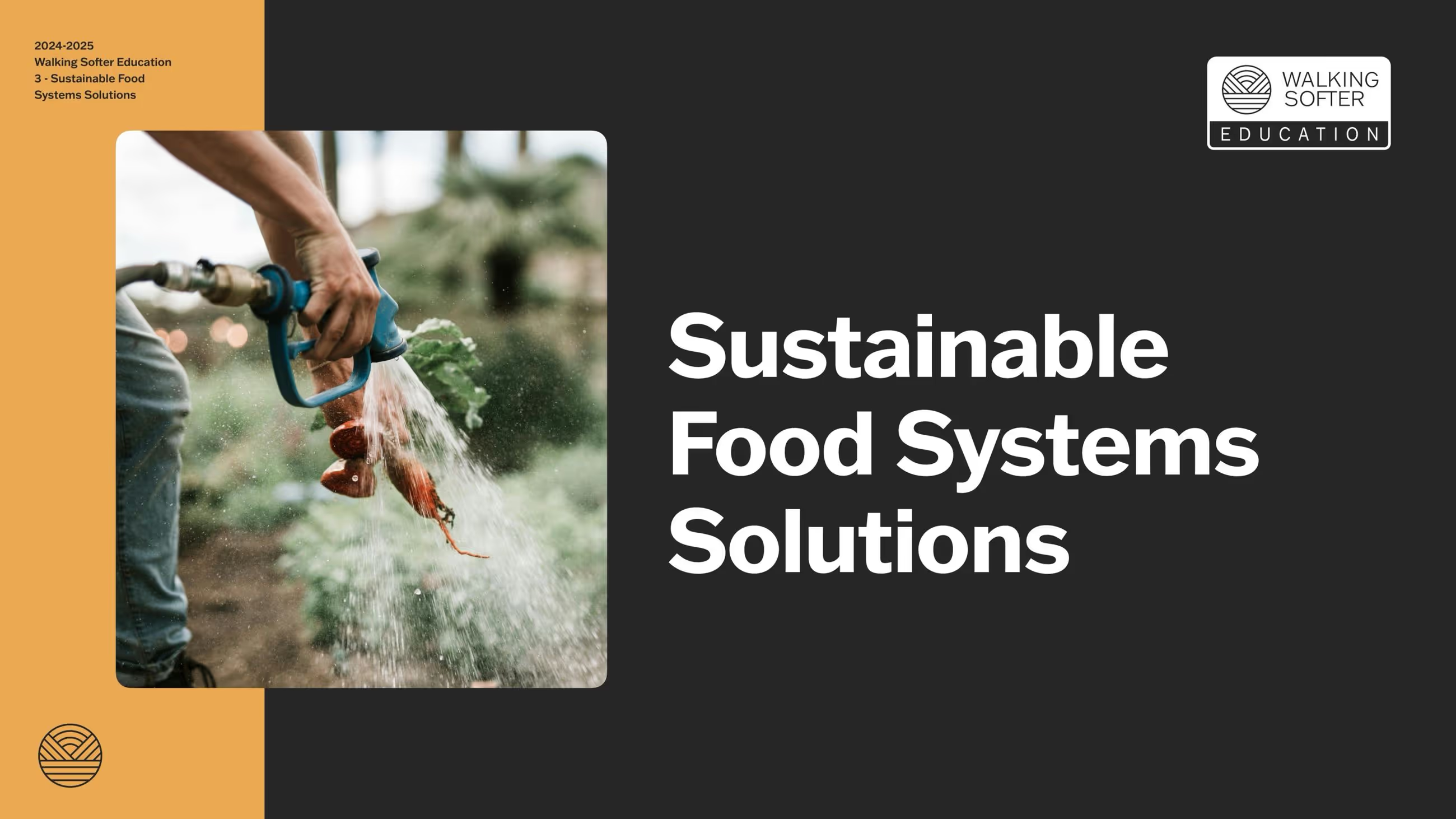
Material Waste Management
REQUIRED
Students will explore the concept of critical thinking in relation to waste disposal. They will investigate where trash ends up and consider the environmental impact of disposal habits.
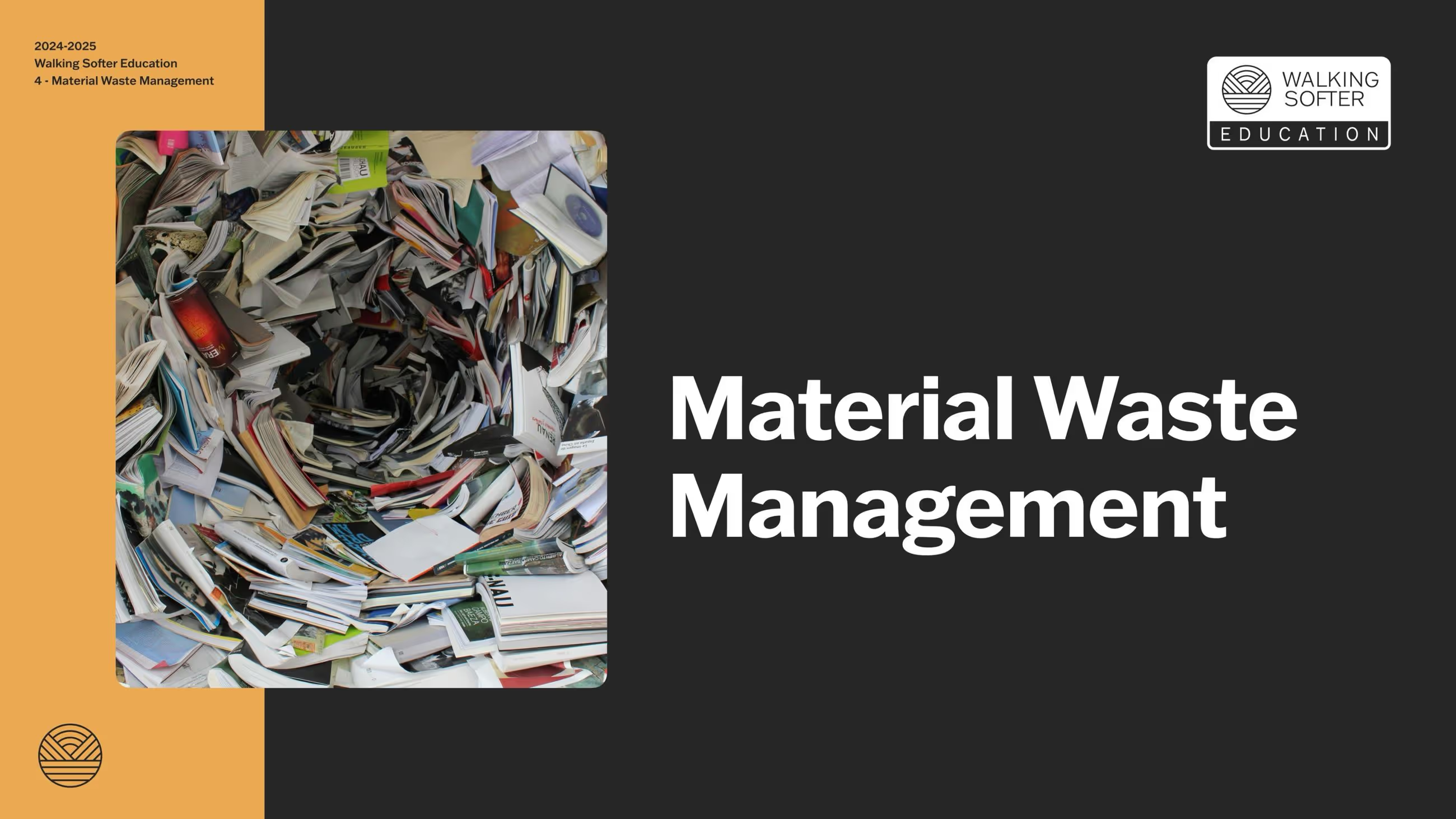
Students will explore the social cost of material waste, including its impacts on humans and the unequal distribution of consequences. Students will investigate why certain groups bear the brunt of these repercussions more than others.
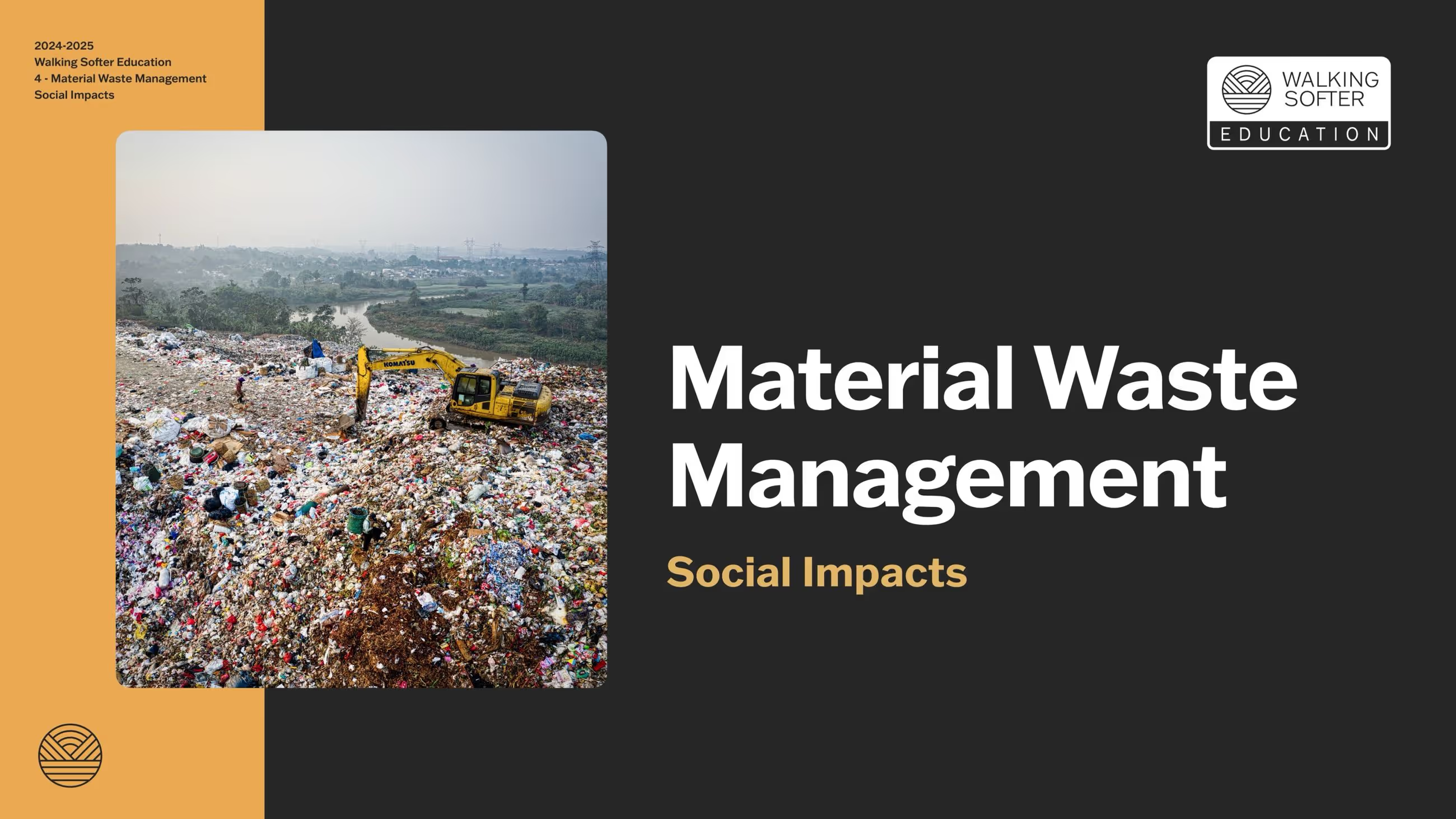
Students will familiarize themselves with various solutions to the issue of material waste and explore the potential challenges and opportunities of implementing these solutions within their communities.
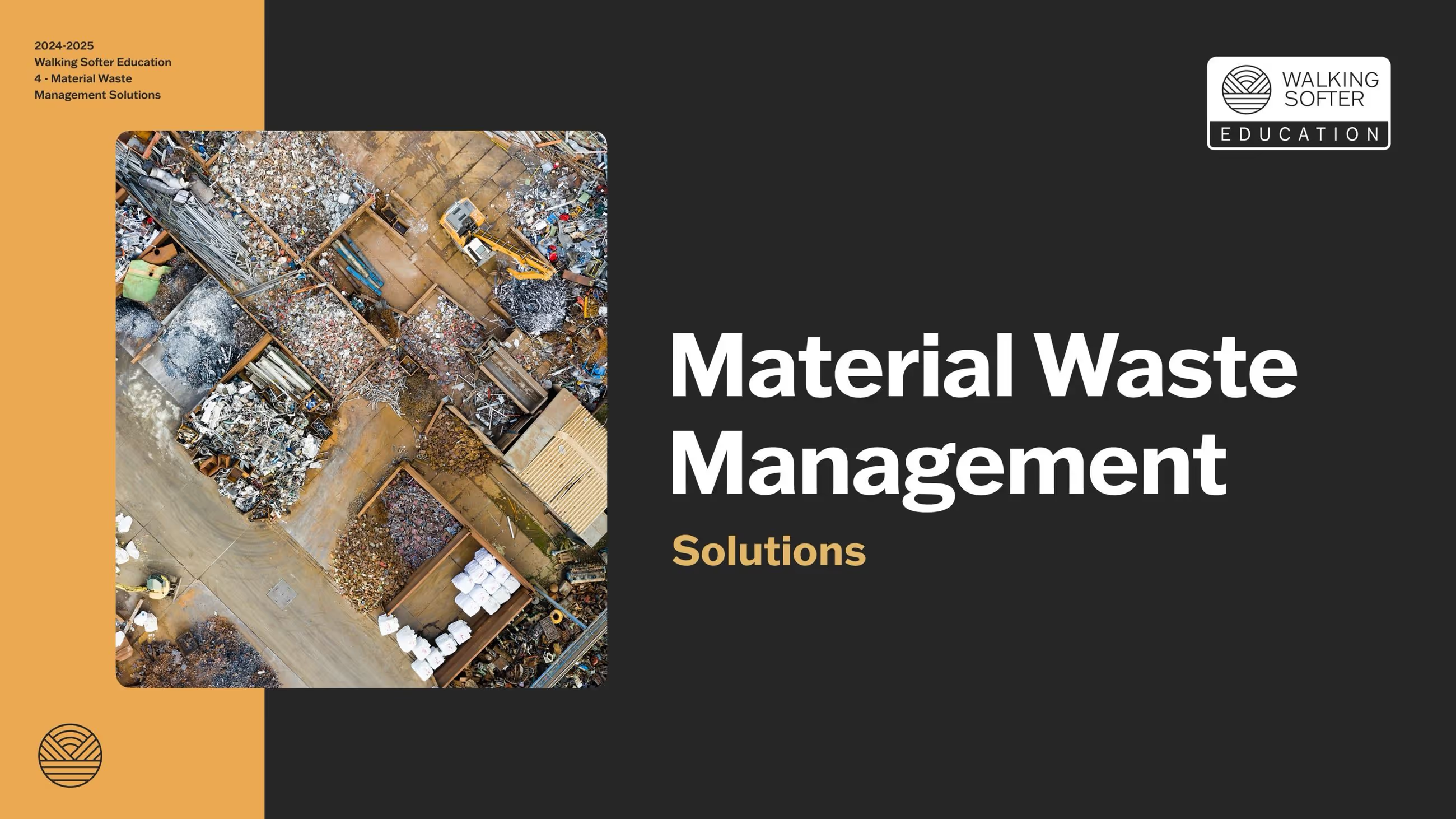
Project How-To Guides
Choose a topic, pick a project, then complete and submit the How-to Guide along with an invoice to receive funding.
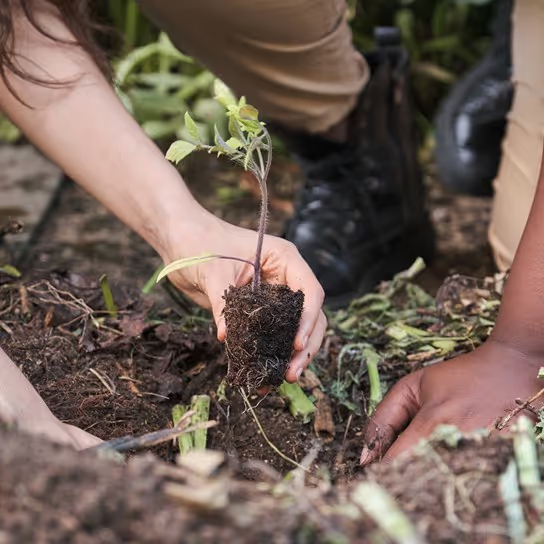
Rewilding
Discover how to restore ecosystems to their original, wild state by reintroducing native species and letting natural processes shape the landscape.
Native Habitat Restoration
Pesticide-Free Campus
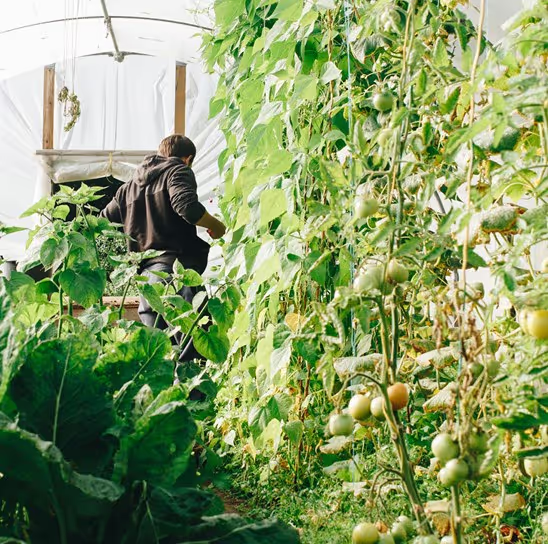
Sustainable Food Systems
Explore sustainable methods of producing, distributing, consuming, and disposing of food to support the environment, economy, social equity, and food security.
Composting and waste reduction
Plant-Based Cafeteria
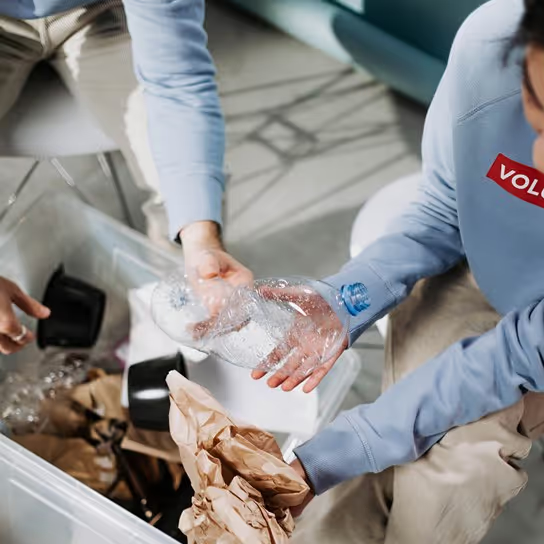
Material Waste Management
Identify strategies for collecting, moving, treating, reusing, and discarding waste materials to minimize their environmental impact and promote sustainability.
Host a swap
Plastic Reduction on Campus
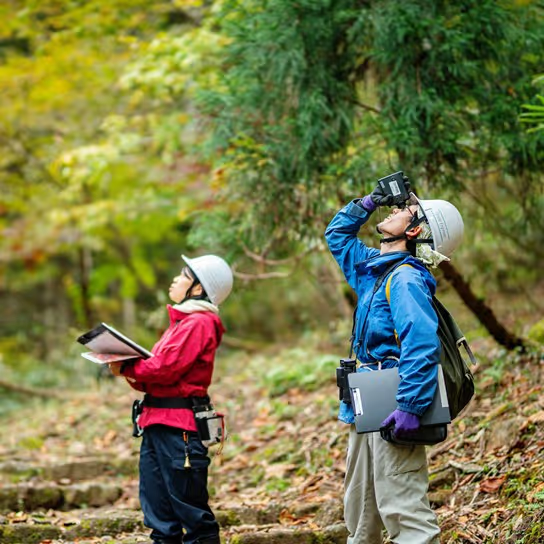
Other
Have your own project idea? Initiate your own project to contribute to the conservation and regeneration of our planet.
Guide to coming up with your own project
Need help deciding on a project?
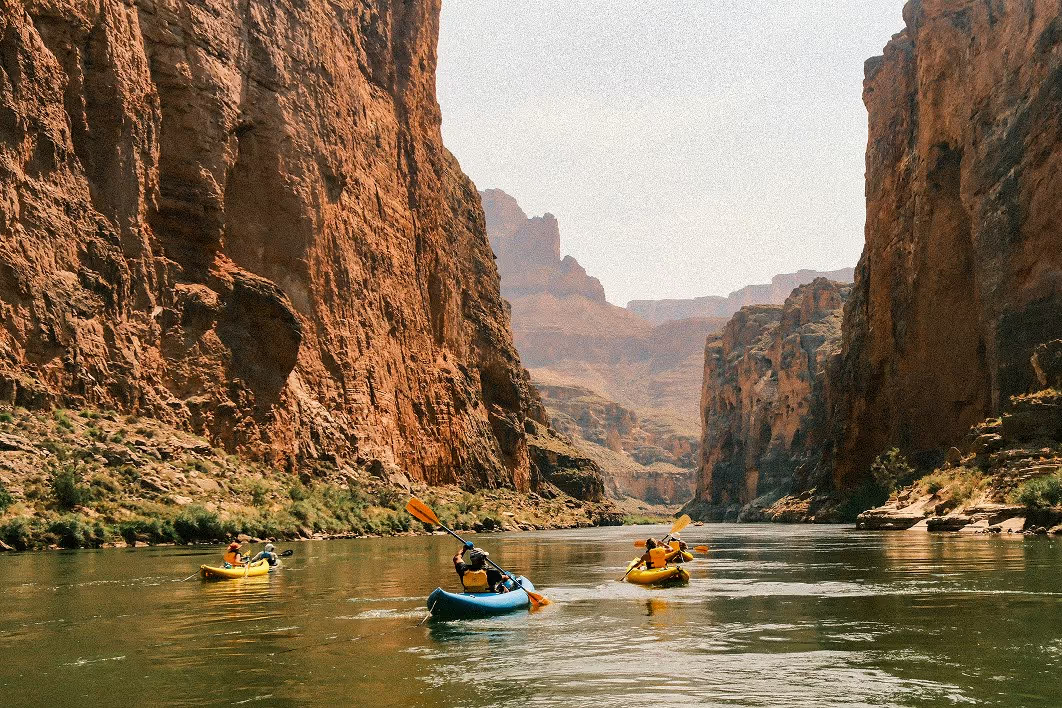
Subscribe to the Walking Softer email newsletter
Be the Changemaker - join our email list for the latest news and opportunities.


